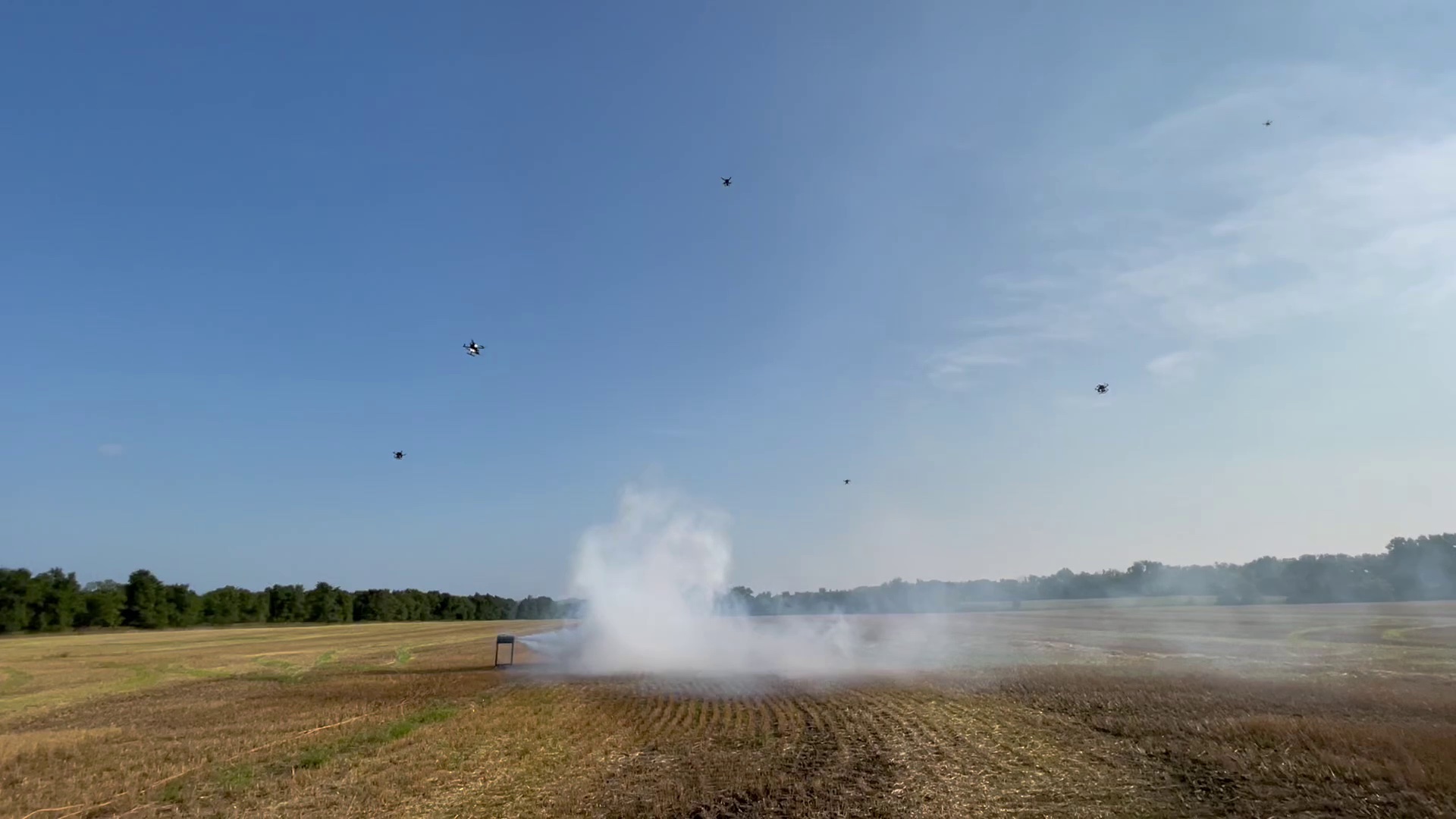Rosa Obregon: Space Pioneer
Rosa Obregon: Space Pioneer


Rosa Obregon’s childhood fascination with the night sky only grew the more she peered into the telescope her father set up on the family’s front lawn in southern Texas. And grow it did, so much so throughout her school years that she applied and was accepted at MIT, where she studied aerospace engineering.
Today, Obregon, 30, is the lead mechanical engineer at NASA’s John C. Stennis Space Center in southern Mississippi, NASA’s primary rocket propulsion testing ground and the nation’s largest such center.
From 1975 until 2009, the center’s primary mission was to test the main engines that launched the space shuttle into orbit. With that program ended, Stennis competes with private enterprises for projects testing rocket engines of commercial spacecraft of the future.
Rocket Testing
At the front and center of rocket testing, Obregon still feels much of the same excitement she felt as a new employee when in the final minutes of countdown, the ceiling tiles shake in the control room, she says.
About a year after she joined NASA, she had the chance to test her first hybrid rocket motor, a 3,000-pound engine compared to the 300,000-pound engines she tests today. “I thought I was fine,” she recalls of the moment. Only afterward when she was told how much her hand was shaking did she realize she was a “nervous wreck. I guess my body was telling me I was a little bit stressed,” she says, now very matter-of-factly.
As the only Latina and one of very few females testing rockets at Stennis, she speaks to students whenever she can, especially at the schools she attended in Corpus Christi. “I tell them it’s very possible to do what I do,” she says. A popular part of the presentation is a video clip of her first two tests that includes her shaking hand.
Obregon says that there is a feeling, “Oh, that can’t be me.” But the teacher will then say, “She came from this elementary school and if she can do it, you can do it too.” For elementary students, it’s so early in their lives, her story can help pique their interest to do well, she says, and she talks about the importance of focusing, not just on math and science, but also on writing and English classes.
For high school students, she discusses what colleges are looking for, such as summer internships, which she learned as an intern herself working in MIT’s admissions office.
Getting It Done
Today, what matters most to her is getting the job done. On any given day, you might find her researching more efficient insulation materials or figuring out how to test fire a rocket vertically — instead of horizontally — as is the norm.
In describing her work, she says once Stennis wins a bid for testing an engine or a component, the team discusses an appropriate design process. “Our customer gives us the design requirements as to pressure, temperature, and what propellant we need to provide and flow rates, and [we] provide the propellant…to the component.”
She added that the design team and engineers then determine the line sizes and type of valves needed. After the design process, the project proceeds to the fabrication stage.
“[Then,] we build it up, activate it, and make sure the system meets the customer requirements, that we can provide the temperature, flow rates and the pressures when they need it. Then we go into test mode, install the engines, hook up the electrical instrumentation, do checkups of the facility and go for tests,” she explains.
While some projects take months, perhaps even years, to complete, others require fast turnaround. “Like the flow control valve situation we did with the space shuttle,” Obregon says. “We had to quickly respond to an issue and help determine the safety of our astronauts. In less than a week, we built up, activated and started testing. That was very fast.”
When asked about her favorite projects, she is hard-pressed to pick just one. But the flow control valve work for the shuttle was “one of the biggest things we did as a team.” She said after the issue on the mission, “We were troubleshooting it and knowing that our data we collected made a big impact.”
Other important shuttle-related work at Stennis was testing to understand how much ice can build up safely on the external tank without becoming a debris hazard. The data collected including that on temperature and humidity conditions were key input into the decision about whether the next shuttle would fly.
As for her future, she is looking forward to some other projects expected to get off the ground soon. And as much as she loves the excitement of hearing the engines roar, she says she is happy staying on the ground, helping others get into space safely.
Nancy Giges is an independent writer.
I tell them [students] it’s very possible to do what I do.Rosa Obregon, lead mechanical engineer, Stennis Space Center




.jpg?width=850&height=478&ext=.jpg)
